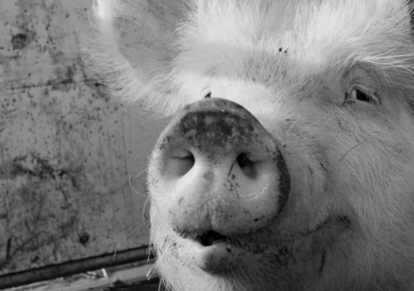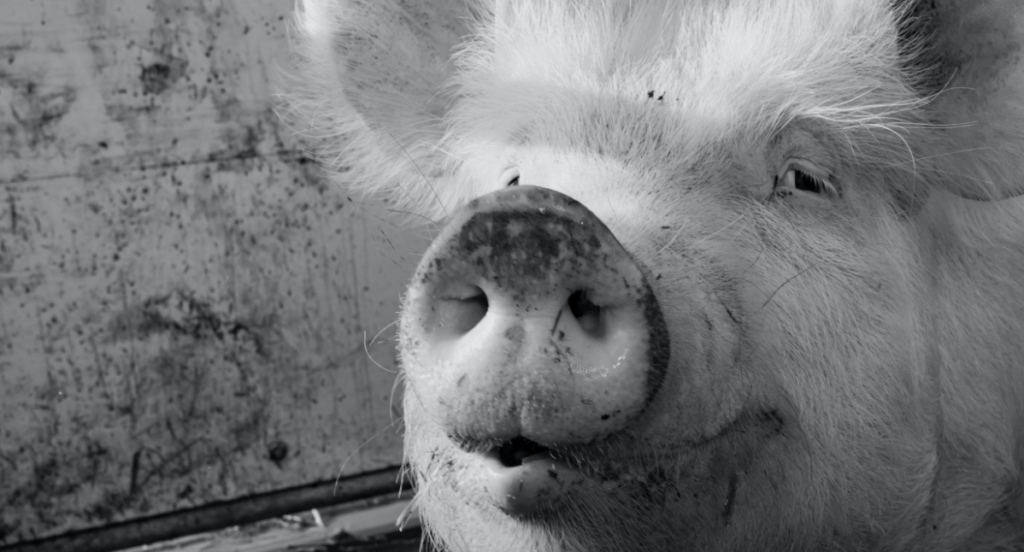Heat (oestrus) detection is the process of identifying if a female is ovulating and receptive to the boar. The widespread adoption of artificial insemination in the swine industry has shifted the responsibility of detecting oestrus from boars to farmers. Good reproductive performance therefore depends on identifying exactly when each female is in heat and has to be bred.
THE HEAT DETECTION PROCESS
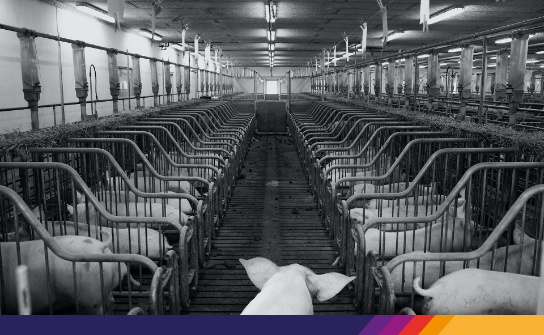
The role of the boar
Boars are present on the farm to help the farmer to know when to inseminate. The boar provides sexual stimuli that trigger sexual behaviours in oestrus females. The observation of these specific female behaviours informs the farmer that it is time to breed.
Key success factors are:
- Mature boar
- A lot of salivation with high pheromone level – for olfactory stimulation
- Behaviour that ensures long nose-to-nose contact with the female.
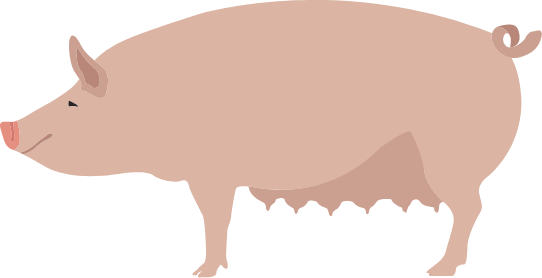
WHAT IS THE BEHAVIOUR OF AN OESTRUS SOW?
The most reliable sign of oestrus is when the females are reacting to pressure on their back by displaying the ‘standing’ reflex1. This procedure is called the “back pressure test”. The female often arches her back slightly and braces her legs through isometric muscle contractions, as if preparing to be mounted. In the presence of a boar, this behaviour will be observed during the whole oestrus. In the absence of the boar, the female will not display this typical behaviour or will do so intermittently during oestrus, putting the farmer’s insemination protocol at risk.
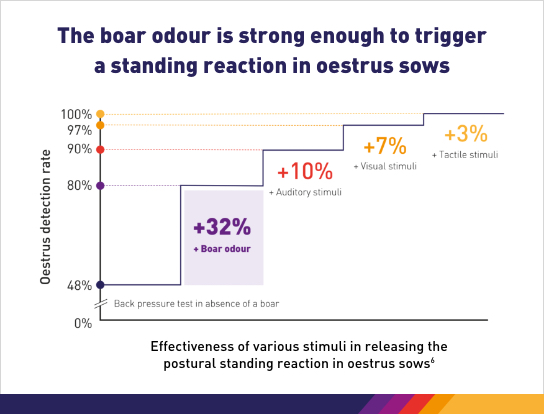
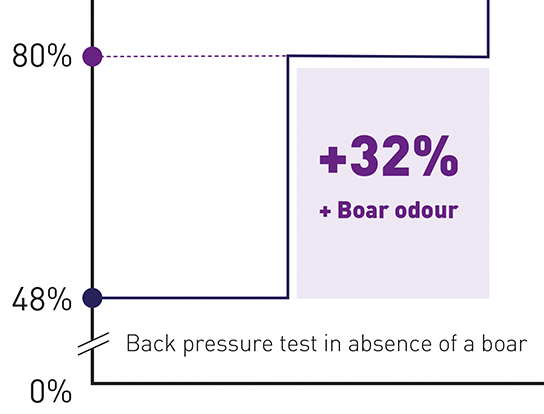
THE ART OF DETECTING HEAT
Besides reacting positively to the back pressure test, other typical indications that a female is in oestrus are:
- Pricked ears reacting to pressure
- Repeated grunts or long growls
- Characteristic tail movements
- Loss of appetite
- Discharge from the vulva.
Not all of these signs will be seen in any one female. Different females exhibit heat in different ways and the “art of the farmer” is to be able to identify clearly the signals displayed by each one.
CLICK HERE TO ACCESS BOAR GRUNT’S AUDIO :
DOWNLOAD TO SUPPORT YOU DURING BOARBETTER APPLICATION (30 minutes)
WHY HEAT DETECTION MATTERS

Detecting the onset of oestrus is key since it determines when first insemination is performed:
- In breeding females with short oestrus – for example gilts or weaned sows with late onset – missing the onset can considerably affect the chance of pregnancy or of good prolificacy as insemination may occur too late.²
- In those with long oestrus, the exact knowledge of onset timing helps inform the best fertilization window, which means that litter size can be bigger.³
Detecting the end of heat is also very important. Inseminating after the fade of oestrus increases the risk of post-ovulatory insemination, and with it the risk of urogenital infections4, decreased fertility and decreased litter size. Accurate oestrus detection can help optimise the number of doses used for insemination.⁵
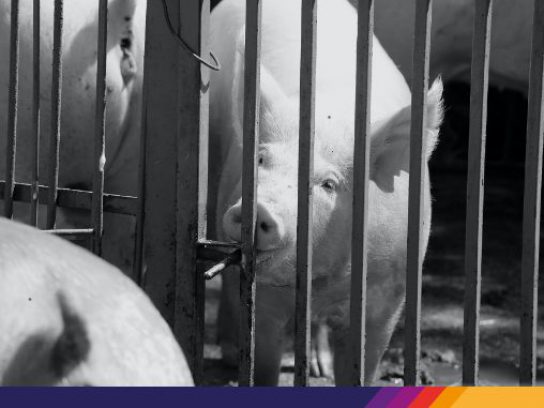
THE IMPORTANCE OF ODOUR
The sexually mature boar emits three pheromone molecules in his saliva, which are transferred to the female through close contact, and which play a critical role in triggering her sexual response.
GO TO NEXT PAGE FOR MORE ON THE IMPORTANCE OF ODOUR
REFERENCES: 1. Hemsworth et al. 1988. Habituation to boar stimuli: possible mechanism responsible for the reduced detection rate of estrus gilts housed adjacent to boars. Appl. Anim. Beha. Sci. 19:255-64. 2. Soede NM, Wetzels CC, Zondag W, de Koning MA, Kemp B. Effects of time of insemination relative to ovulation, as determined by ultrasonography, on fertilization rate and accessory sperm count in sows. J Reprod Fertil. 1995 May;104(1):99-106. and Steverink DW, Soede NM, Bouwman EG, Kemp B. Influence of insemination-ovulation interval and sperm cell dose on fertilization in sows. J Reprod Fertil. 1997 Nov;111(2):165-71. 3. Terqui M., Guillouet P., Maurel M‐C., Martinat‐Botté F., 2000. Relationship between peri‐œstrus progesterone levels and time of ovulation by echography in pigs and influence of the interval between ovulation and artificial insémination on litter size. Reprod. Nutr. Develop., 40, 393‐404. 4. Rozeboom KJ, Troedsson MH, Shurson GC, Hawton JD, Crabo BG. Late estrus or metestrus insemination after estrual inseminations decreases farrowing rate and litter size in swine. J Anim Sci. 1997 Sep;75(9):2323-7. 5. Memento de l’éleveur de Porc, 2013. 6. Signoret & du Mesnil du Buisson. 1961. Etude du comportement de la truie en oestrus. IVth Congr. int. Reprod. Anim., La Haye, 171-5.
“There is no doubt about the heat after applying BoarBetter. Those who are in heat are locked up.”
M.S., Spanish Vet
“BoarBetter helps sows who are not reacting to the boar, by stimulating them to express their heat behaviour – enabling you to detect heat better across the sow batch.”
D.M., Spanish Vet
“BoarBetter helps make sows less restless, which makes insemination easier.”
V.C., Spanish Vet
“In my breeding management, I chose to use BoarBetter on all first parity after the boar has passed through. Detection is easier because the signs of heat are clearer.“
J.C., Farm Manager, France
“BoarBetter’s odour is very similar to strong-smelling search boars. The sows have a higher response with Boarbetter compared with a single commercial pheromone product. The best way to implement the use of Boarbetter in the daily routine might be a puzzle.“
Veterinarian, Netherland

